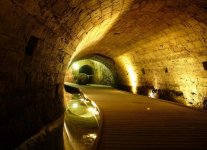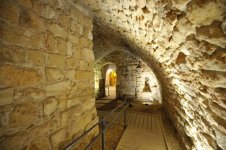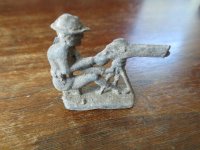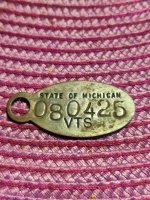- Feb 2, 2013
- 1,441
- 2,028
- Detector(s) used
- Many
- Primary Interest:
- All Treasure Hunting
The Templar Tunnel is an underground passageway located in the city of Acre, in what is now Israel. This tunnel was built by the Knights Templar when the city was under the rule of the Kingdom of Jerusalem, and served as a strategic passageway connecting the Templar palace to the port. After Acre fell to the Mamluks during the 13 th century, the Templar Tunnel was lost and forgotten. It was only in 1994 that the tunnel was rediscovered by a woman battling a pesky blocked sewage pipe beneath her house.
The Kingdom of Jerusalem was established in 1099 following the conquest of Jerusalem by the participants of the First Crusade. About two decades later, the Poor Fellow-Soldiers of Christ and of the Temple of Solomon (known simply as the Templars) was founded by the French knight Hugues de Payens. This military order had their headquarters on the Temple Mount , and its main task was to protect Christian pilgrims who were travelling to the Holy Land. https://www.ancient-origins.net/ancient-places-asia/templar-tunnel-acre-0011440

The Kingdom of Jerusalem was established in 1099 following the conquest of Jerusalem by the participants of the First Crusade. About two decades later, the Poor Fellow-Soldiers of Christ and of the Temple of Solomon (known simply as the Templars) was founded by the French knight Hugues de Payens. This military order had their headquarters on the Temple Mount , and its main task was to protect Christian pilgrims who were travelling to the Holy Land. https://www.ancient-origins.net/ancient-places-asia/templar-tunnel-acre-0011440








